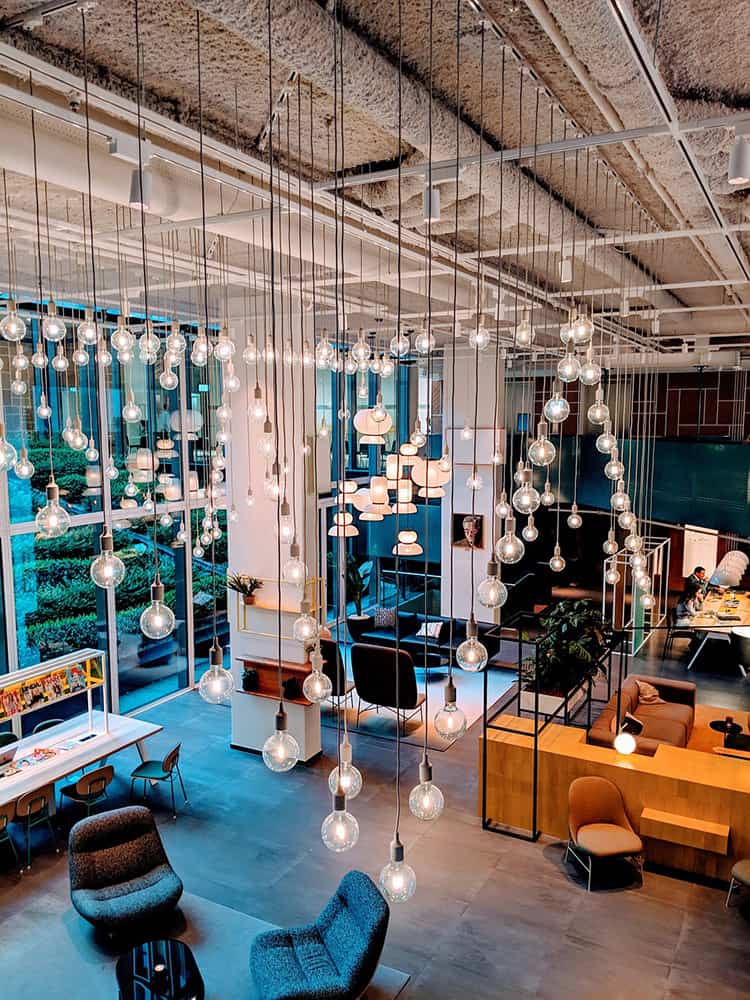
Site inspection tips from the pros at Event Service Professionals Association (ESPA), the only association representing event service professionals from CVBs, hotels and convention centers from across North America.
A top challenge for event service professionals in 2020 is the site inspection, according to ESPA. Following are some site inspection tips to help make your next site visit less complicated.
Take time to create a personal connection
Denise Reid, who is an Event Service Professionals Association’s director and event planning manager at Hyatt Centric French Quarter New Orleans, sees the impact technology has on the way meeting planners interact with service professionals as one of the biggest trends.
“Over the last few years, more of my clients prefer email as the preferred mode of communication instead of telephone calls and I only see this increasing into 2020,” said Reid. “While technology can increase the speed of the event planning process to a certain degree, the argument can also be made that it can be a major hindrance to personal dialogue. I feel very passionate that no computer or smartphone can take the place of a handshake and eye-to-eye contact. It’s the human connection that says, ‘I am thrilled to be your service professional, and I look forward to exceeding your expectations for a most memorable event!’ The sentiment is not quite the same when I send a client a text with the same verbiage.”
Digital communication is also creeping into activities that would normally have taken place during an in-person meeting.
“Meeting planners are not finding time for human interaction in the planning phase of event preparation,” said Reid. “I have several pre-conference meetings scheduled in the new year where clients are requesting Skype as the preferred communication for me to initially introduce them to key hotel staff as opposed to the meeting that takes place in-person when planners arrive and meet with the management team on site.”
Check availability
If planners do conduct a site visit, they are not scheduling them properly. “Show management is scheduling site visits with the destination without checking availability,” said Jamie Huckleberry, ESPA president and director of event services at the David L. Lawrence Convention Center in Pittsburgh. “I personally have had several pick a future date and not check my availability or what was happening in the building that would restrict their access to space they have contracted.”
Use FAMs sparingly
When scheduled site visits actually happen in person, sometimes trips become more frequent or excessive. “We have been getting numerous requests for large site visits and exhibitor familiarization trips that are looking to have the majority of their trip hosted by our destination,” said Brenda G. Wasnok, CMP, CTA, ESPA director and destination services manager at Visit Anaheim. “Our restaurant, venue, attraction and transportation partners have been able to accommodate, but there has been very little return on that investment. As a result, many are starting to graciously decline participation in these trips, and it’s been challenging to showcase the whole destination.”
The whole point of a fam trip is to work with local partners and give them the chance to showcase their services to potential clients—the meeting planners—that can bring them true business opportunities. A lot of work goes into organizing the trips and lining up partners who will be good matches for what the client is looking for.
“We want to be creative in these trips and give these exhibitors a preview of what their event(s) could be like, but to be frank, many of these fam trips have simply become almost ‘free mini-vacations’ where exhibitors are treated to the very best of what we have to offer without any follow-up contracts or bookings,” said Wasnok. “It only takes a few of those for our partners to bow out and pursue other opportunities because they are not getting a return on the investment of their time and money they put into hosting these visits.”
To combat these trends, event service professionals are becoming more creative in how they approach these site visits with scheduling and what actually takes place during the visit. “We are looking to work with our planners and exhibitors to see if there is any way to offset some of the costs, such as instead of sponsoring lanyards, they sponsor part of the site visit,” added Wasnok.
Advice for planners
There are some simple things planners can do to maximize their time during the site visit, including:
- Respecting the time of everyone at the destination and scheduling a visit that allows for the event service professional’s full attention and access to the spaces they want to see.
- Limiting the visit to key personnel and sharing information upon returning, which allows for more quality time to meet with more professionals at the destination.
- Sharing the goals of the event they are planning. Let the event service professional know what the most important things are to the group—what are the must-haves to achieve this. The service professional’s job is to help the meeting planner achieve their client’s goals.
- Being honest about the event budget so the event service team can tailor the visit to what will meet your needs.
- Taking the time to do an in-person meeting. Meeting people online and seeing spaces via the internet is not the same as actually seeing it, hearing it and feeling the atmosphere.
You Might Also Be Interested In
Atlantic City Goes Virtual with New Site-Selection Experience
5 Questions Every Event Planner Must Ask on a Site Inspection




